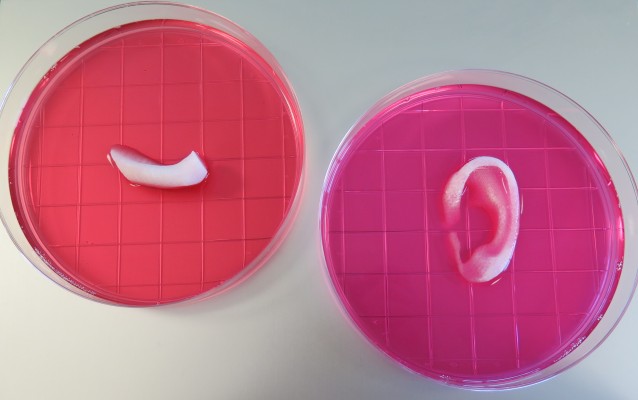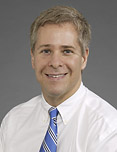Editor’s Note: Saturday, January 17th, was the day that most Americans go ahead and give up the ghost on their New Year’s resolutions. We here at CCD asked some of our friends in the community to give our readers some advice on keeping those difficult to honor resolutions.
By Judy R. Tharp
President/CEO
Piedmont Advantage Credit Union

The beginning of a new year often signals a time when people like to make assessments and begin exploring new ways to make positive changes in their lives. Personal lifestyle changes such as eating healthy and exercising more are great ways to start off a new year. However, it is also important to make sure that you begin the year with a solid plan financially as well. Below are a few tips from us here at Piedmont Advantage Credit Union to help ensure that you enjoy a financial advantage in 2015:
Budget – The most important thing people can do is to set a realistic budget and stick to it. Impulse purchases can be a lot of fun, but by setting, and sticking to, a monthly budget, you can make certain you are spending within your set parameters to ensure a financially sound year.
Save your money –This step goes hand in hand with step one, and should be top of mind as you plan a monthly budget. While we all know that the bills have to be paid, it is important to remember to pay yourself first. Some helpful ways to do this are through payroll deduction and direct deposit. Decide early in 2015 how much you can save. Piedmont Advantage Credit Union offers Savings Accounts, Money Market Accounts, Christmas and Vacation Clubs, all to help you save your money. We also offer Save to Win Certificates, where you can draft your savings allocations automatically from your Checking account, helping you save without even thinking about it. Plus, every Save to Win $25 deposit equals an entry in a monthly drawing for cash prizes.
Pay your bills on time – It’s easy to get behind on bills, as we’ve all discovered from time to time. However, late fees can eat up your discretionary funds, and late payments can negatively impact your credit score. Setting up automatic payment of bills through products like Piedmont Advantage Credit Union’s online bill pay service ensures payments are on time and ultimately reduces a lot of stress.
Understand good vs. bad debt – There are things you need in life where borrowing is a better option than eliminating cash and investments, such as buying a car or a new home – these are considered good debt. Bad debt funds needless items that do not support your budget. Try to keep your bad debt to a minimum while ensuring that monthly payments on any loans you have are affordable.
Be smart and stay on top of financial trends – understand your spending habits and what different financial institutions are offering you by way of products, services and above all, resources and advice. You want your primary financial institution to be looking out for you, not their stockholders.
Consider a Credit Union. Credit Unions are financial cooperatives that exist to serve their members and help them make sound decisions for each personal situation. When you join a credit union such as Piedmont Advantage Credit Union, you are an owner, so you’ll find a trusted partner who genuinely cares about what is best for you and your family and will understand your personalized needs to help you make the best financial decisions possible.














